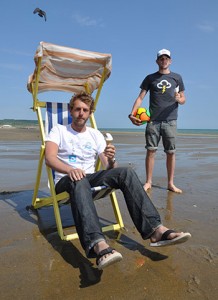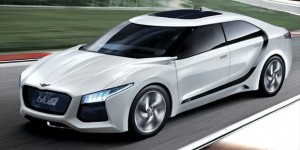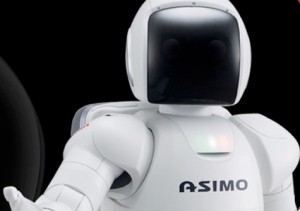 Toys”R”Us today announced plans to add the largest rooftop solar power installation in North America to its distribution center in Flanders, NJ. Staging for the system is currently underway and construction will conclude this summer. Upon completion, the 5.38 megawatt on-site solar mechanism will occupy 869,294 square feet and is estimated to generate 72 percent of the electrical needs for the Toys”R”Us® facility. “The unprecedented scope of this project furthers our already strong commitment to sustainability in our operations,” said Jerry Storch, Chairman and CEO, Toys”R”Us, Inc. “New Jersey’s leadership in providing renewable, clean energy opportunities for companies has helped pave the way for an installation of this size and underscores the state as a champion for solar energy growth across North America.”
Toys”R”Us today announced plans to add the largest rooftop solar power installation in North America to its distribution center in Flanders, NJ. Staging for the system is currently underway and construction will conclude this summer. Upon completion, the 5.38 megawatt on-site solar mechanism will occupy 869,294 square feet and is estimated to generate 72 percent of the electrical needs for the Toys”R”Us® facility. “The unprecedented scope of this project furthers our already strong commitment to sustainability in our operations,” said Jerry Storch, Chairman and CEO, Toys”R”Us, Inc. “New Jersey’s leadership in providing renewable, clean energy opportunities for companies has helped pave the way for an installation of this size and underscores the state as a champion for solar energy growth across North America.”
This solar power installation will cover nearly 70% of the distribution center’s 1,281,000-square-foot roof and will consist of more than 37,000 ultra lightweight UNI-SOLAR® brand photovoltaic solar panels, manufactured by United Solar, a wholly owned subsidiary of Energy Conversion Devices. Depending on weather conditions, the system is expected to produce approximately 6,362,000 kilowatt hours of electricity each year. Generating the same amount of electricity using non-renewable sources would result in the release of an estimated 4,387 metric tons of carbon dioxide, the equivalent emissions from 860 passenger vehicles or that of the electricity used to power 532 homes annually. Constellation Energy, a leading supplier of power, natural gas and energy products and services for homes and businesses across the continental United States, will build, own and maintain the rooftop solar power system. Toys”R”Us will purchase the electricity generated by the system from Constellation Energy through a 20-year power purchase agreement.
Toys”R”Us has been working closely with state and community authorities to bring the project to fruition and ensure that the solar power structure complies with the requirements set forth by the New Jersey Department of Environmental Protection, New Jersey Highlands Council and Mount Olive Township. The 20-acre rooftop solar installation at the Flanders distribution center utilizes space that would otherwise go unused and has been designed to meet the facility’s energy needs. The solar power system is comprised of thin-film photovoltaic panels that are flexible, lightweight, durable and maintain performance, even in sub-optimal lighting conditions. In addition, the non-ballasted, non-penetrating and removable racking system allows access to the roof and prevents debris build-up and maintenance issues.











